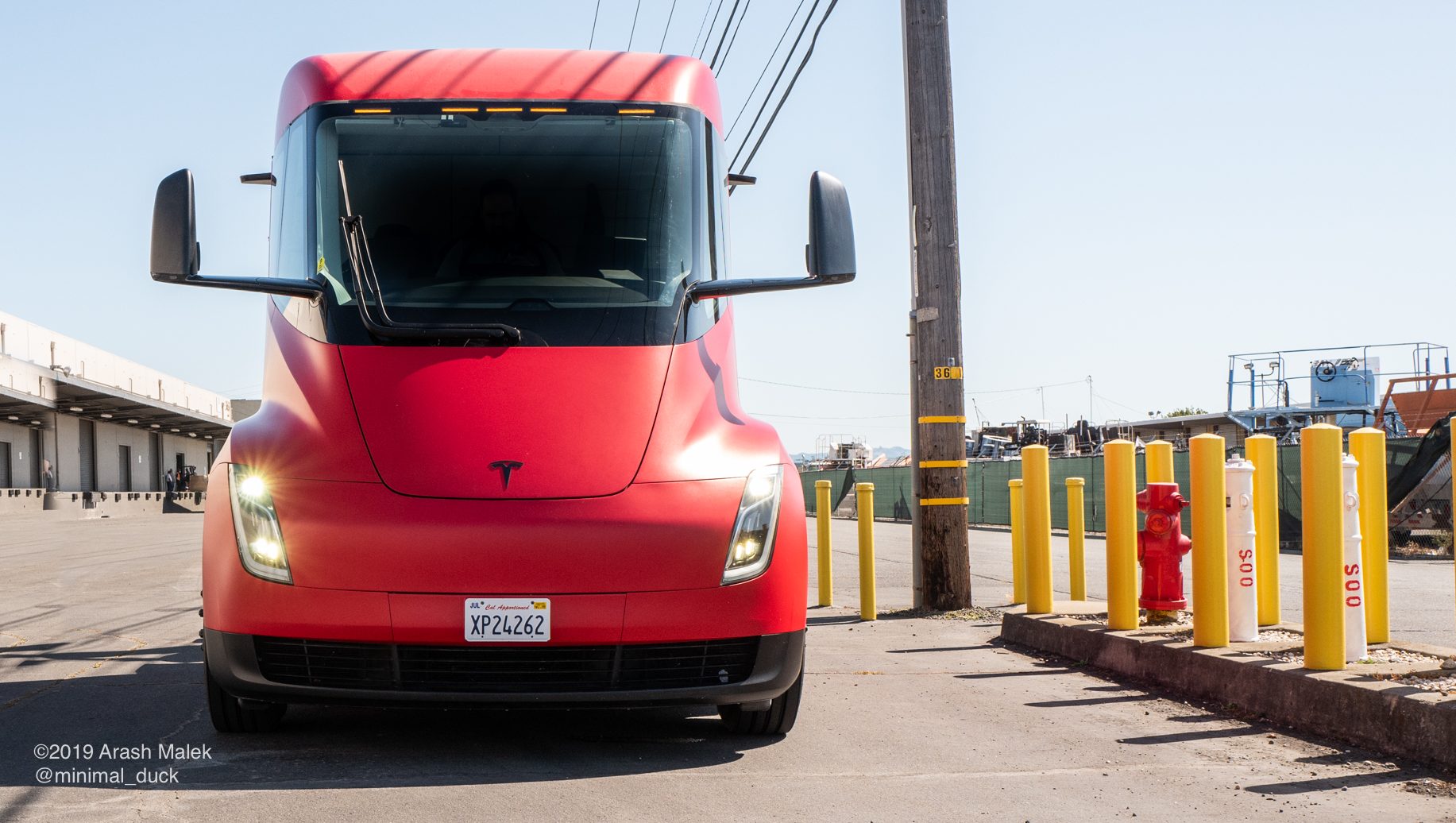
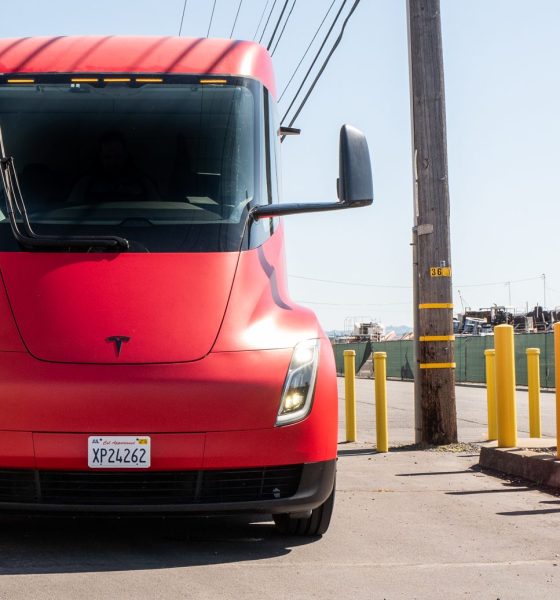
Investor's Corner
Tesla Semi, Ride-share, and Energy in focus with investors ahead of Q2 2020 earnings call
Tesla’s (NASDAQ:TSLA) retail and institutional investors are aggregating a number of inquiries that will potentially be addressed by the electric car maker’s executives in the upcoming Q2 2020 earnings call, which will be held on July 22, 2020. The questions are aggregated from verified retail and institutional TSLA shareholders by Say, a startup that aims to create and develop investor communication tools.
Using the platform, Tesla’s retail and institutional investors have been submitting and voting on inquiries they wish to be discussed and clarified by the electric car maker. Here are a number of notable questions that garnered a high number of votes from the company’s retail and institutional shareholders.
RETAIL SHAREHOLDERS
- We want the release of the Tesla Ride-Hailing network soon with owner-drivers. It can’t be done until there is a large enough concentration of vehicles in service areas. What is threshold for vehicles needed before you can release it and will you offer incentives to owner-drivers?
- Now that it is time to bring the Semi to volume production, can you share more detail on production plans? What weekly production rate is considered volume production and when does Tesla expect to reach that rate?
- Tesla Energy seems widely ignored by Wall St. despite Elon’s comments about the growth rate exceeding automotive. Could Tesla share more detail on current/planned projects to help investors better understand the business outlook? How disruptive is Tesla’s Autobidder technology?
- What is the holdup for Tesla Insurance outside of California? Will you release numbers from that part of the business? Will Tesla Insurance be required to participate in the Tesla Ride-Hailing network as a driver?
- Will new gigafactories also produce energy products and superchargers? How long before Giga-Reno starts making the same things as Giga-Buffalo for faster delivery to western states?
- One new gigafactory a year is not going to be enough to achieve the company mission. When will you announce multiple new gigafactory locations and when will Tesla have a gigafactory in the southern hemisphere?
- Can we expect the Model Y manufacturing simplifications and efficiency improvements, such as the rear underbody casting and heat pump, to be implemented into the Model 3? If so, what would timeline look like for this?
INSTITUTIONAL INVESTORS
- Can you discussion the opportunity for Tesla as a registered utility? How aggressively do you plan to expand in the UK and when will you enter new markets?
Tesla is yet to fully confirm if it will be entertaining questions from Say in the upcoming Q4 earnings call, though the company has regularly addressed inquiries from retail shareholders in past quarters. By doing so, Tesla is essentially democratizing the process of communicating its earnings to shareholders and institutional investors. Such a strategy is yet another step away from convention, considering that traditional earnings calls usually feature exclusive questions from Wall Street analysts and the occasional member of the media.
Tesla’s fourth-quarter earnings call is expected to be held on Wednesday, July 22, 2020, at 2:30 p.m. Pacific Time (5:30 p.m. ET).
The full list of questions from TSLA’s retail and institutional investors listed on Say could be accessed here.

Investor's Corner
Mizuho keeps Tesla (TSLA) “Outperform” rating but lowers price target
As per the Mizuho analyst, upcoming changes to EV incentives in the U.S. and China could affect Tesla’s unit growth more than previously expected.
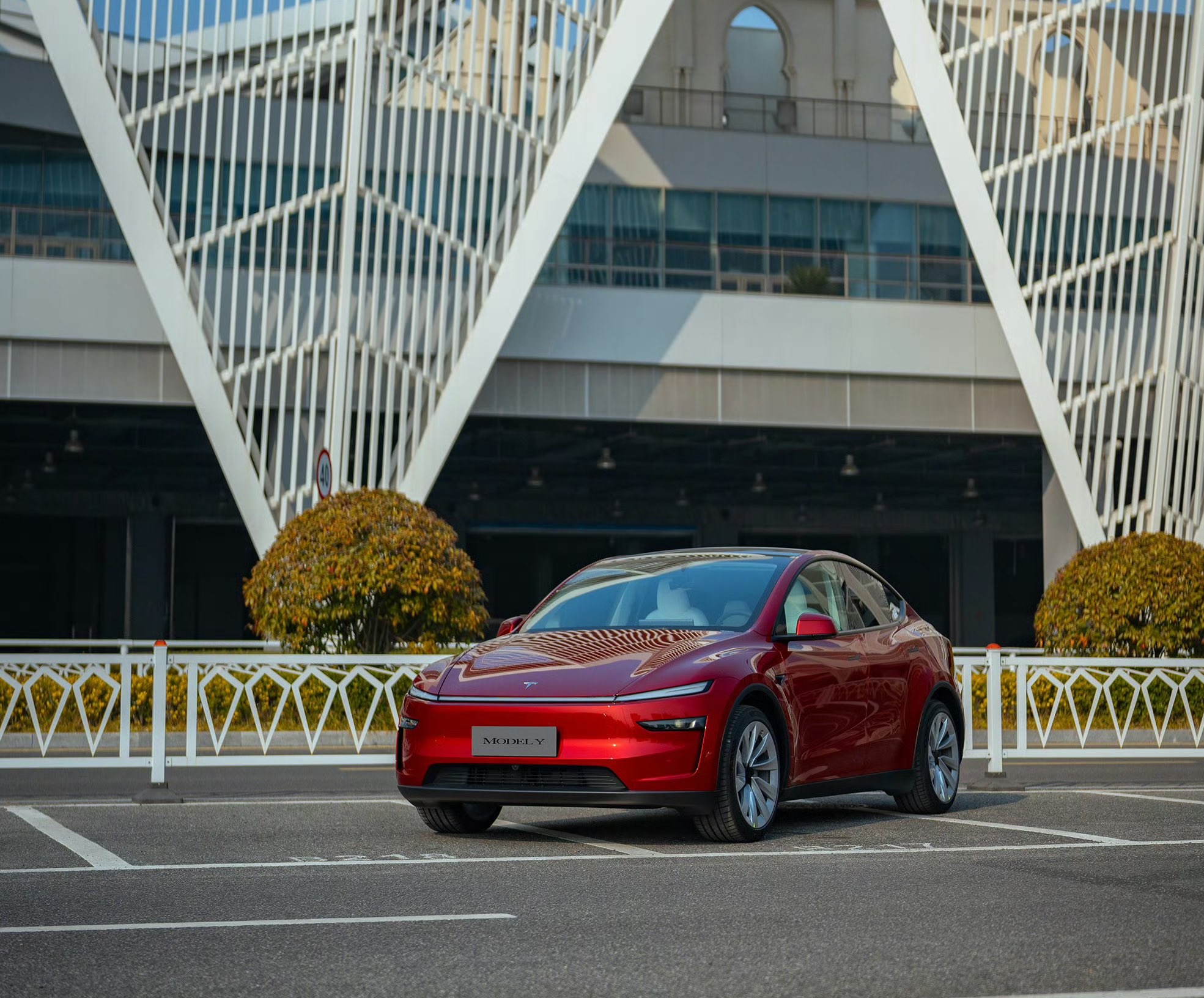
Mizuho analyst Vijay Rakesh lowered Tesla’s (NASDAQ:TSLA) price target to $475 from $485, citing potential 2026 EV subsidy cuts in the U.S. and China that could pressure deliveries. The firm maintained its Outperform rating for the electric vehicle maker, however.
As per the Mizuho analyst, upcoming changes to EV incentives in the U.S. and China could affect Tesla’s unit growth more than previously expected. The U.S. accounted for roughly 37% of Tesla’s third-quarter 2025 sales, while China represented about 34%, making both markets highly sensitive to policy shifts. Potential 50% cuts to Chinese subsidies and reduced U.S. incentives affected the firm’s outlook.
With those pressures factored in, the firm now expects Tesla to deliver 1.75 million vehicles in 2026 and 2 million in 2027, slightly below consensus estimates of 1.82 million and 2.15 million, respectively. The analyst was cautiously optimistic, as near-term pressure from subsidies is there, but the company’s long-term tech roadmap remains very compelling.
Despite the revised target, Mizuho remained optimistic on Tesla’s long-term technology roadmap. The firm highlighted three major growth drivers into 2027: the broader adoption of Full Self-Driving V14, the expansion of Tesla’s Robotaxi service, and the commercialization of Optimus, the company’s humanoid robot.
“We are lowering TSLA Ests/PT to $475 with Potential BEV headwinds in 2026E. We believe into 2026E, US (~37% of TSLA 3Q25 sales) EV subsidy cuts and China (34% of TSLA 3Q25 sales) potential 50% EV subsidy cuts could be a headwind to EV deliveries.
“We are now estimating TSLA deliveries for 2026/27E at 1.75M/2.00M (slightly below cons. 1.82M/2.15M). We see some LT drivers with FSD v14 adoption for autonomous, robotaxi launches, and humanoid robots into 2027 driving strength,” the analyst noted.
Investor's Corner
Tesla stock lands elusive ‘must own’ status from Wall Street firm
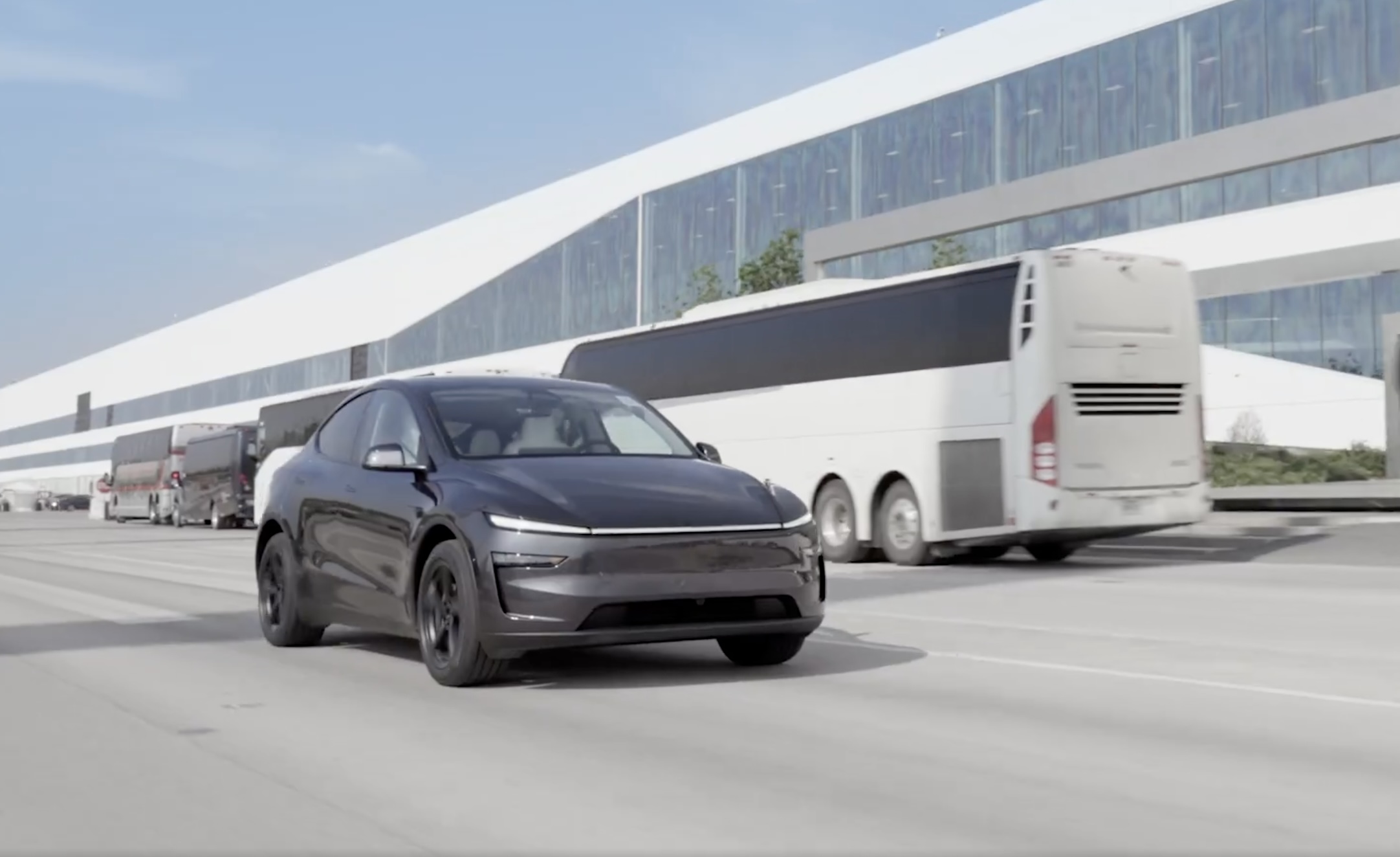
Tesla stock (NASDAQ: TSLA) has landed an elusive “must own” status from Wall Street firm Melius, according to a new note released early this week.
Analyst Rob Wertheimer said Tesla will lead the charge in world-changing tech, given the company’s focus on self-driving, autonomy, and Robotaxi. In a note to investors, Wertheimer said “the world is about to change, dramatically,” because of the advent of self-driving cars.
He looks at the industry and sees many potential players, but the firm says there will only be one true winner:
“Our point is not that Tesla is at risk, it’s that everybody else is.”
The major argument is that autonomy is nearing a tipping point where years of chipping away at the software and data needed to develop a sound, safe, and effective form of autonomous driving technology turn into an avalanche of progress.
Wertheimer believes autonomy is a $7 trillion sector,” and in the coming years, investors will see “hundreds of billions in value shift to Tesla.”
A lot of the major growth has to do with the all-too-common “butts in seats” strategy, as Wertheimer believes that only a fraction of people in the United States have ridden in a self-driving car. In Tesla’s regard, only “tens of thousands” have tried Tesla’s latest Full Self-Driving (Supervised) version, which is v14.
Tesla Full Self-Driving v14.2 – Full Review, the Good and the Bad
When it reaches a widespread rollout and more people are able to experience Tesla Full Self-Driving v14, he believes “it will shock most people.”
Citing things like Tesla’s massive data pool from its vehicles, as well as its shift to end-to-end neural nets in 2021 and 2022, as well as the upcoming AI5 chip, which will be put into a handful of vehicles next year, but will reach a wider rollout in 2027, Melius believes many investors are not aware of the pace of advancement in self-driving.
Tesla’s lead in its self-driving efforts is expanding, Wertheimer says. The company is making strategic choices on everything from hardware to software, manufacturing, and overall vehicle design. He says Tesla has left legacy automakers struggling to keep pace as they still rely on outdated architectures and fragmented supplier systems.
Tesla shares are up over 6 percent at 10:40 a.m. on the East Coast, trading at around $416.
Investor's Corner
Tesla analyst maintains $500 PT, says FSD drives better than humans now
The team also met with Tesla leaders for more than an hour to discuss autonomy, chip development, and upcoming deployment plans.
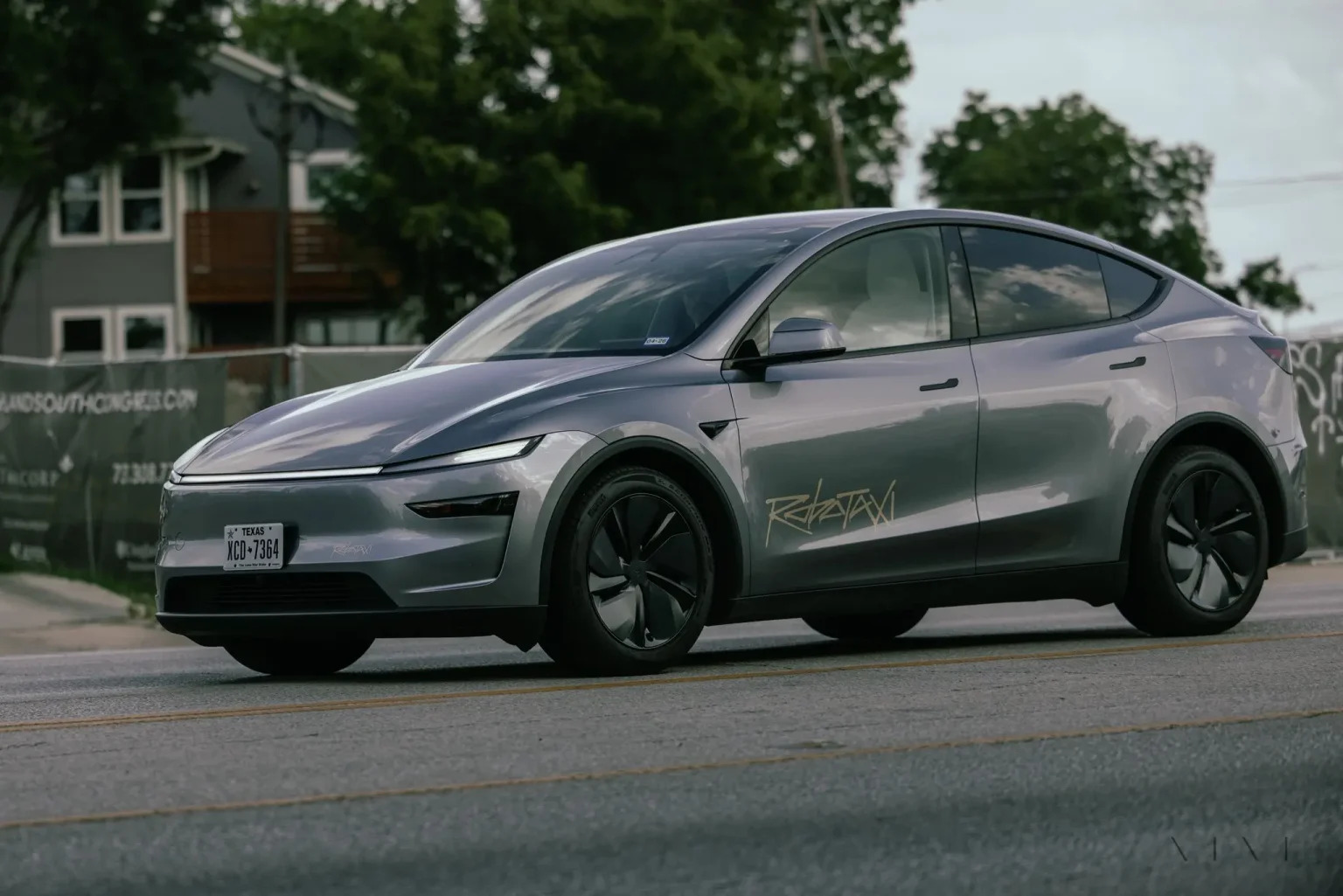
Tesla (NASDAQ:TSLA) received fresh support from Piper Sandler this week after analysts toured the Fremont Factory and tested the company’s latest Full Self-Driving software. The firm reaffirmed its $500 price target, stating that FSD V14 delivered a notably smooth robotaxi demonstration and may already perform at levels comparable to, if not better than, average human drivers.
The team also met with Tesla leaders for more than an hour to discuss autonomy, chip development, and upcoming deployment plans.
Analysts highlight autonomy progress
During more than 75 minutes of focused discussions, analysts reportedly focused on FSD v14’s updates. Piper Sandler’s team pointed to meaningful strides in perception, object handling, and overall ride smoothness during the robotaxi demo.
The visit also included discussions on updates to Tesla’s in-house chip initiatives, its Optimus program, and the growth of the company’s battery storage business. Analysts noted that Tesla continues refining cost structures and capital expenditure expectations, which are key elements in future margin recovery, as noted in a Yahoo Finance report.
Analyst Alexander Potter noted that “we think FSD is a truly impressive product that is (probably) already better at driving than the average American.” This conclusion was strengthened by what he described as a “flawless robotaxi ride to the hotel.”
Street targets diverge on TSLA
While Piper Sandler stands by its $500 target, it is not the highest estimate on the Street. Wedbush, for one, has a $600 per share price target for TSLA stock.
Other institutions have also weighed in on TSLA stock as of late. HSBC reiterated a Reduce rating with a $131 target, citing a gap between earnings fundamentals and the company’s market value. By contrast, TD Cowen maintained a Buy rating and a $509 target, pointing to strong autonomous driving demonstrations in Austin and the pace of software-driven improvements.
Stifel analysts also lifted their price target for Tesla to $508 per share over the company’s ongoing robotaxi and FSD programs.









